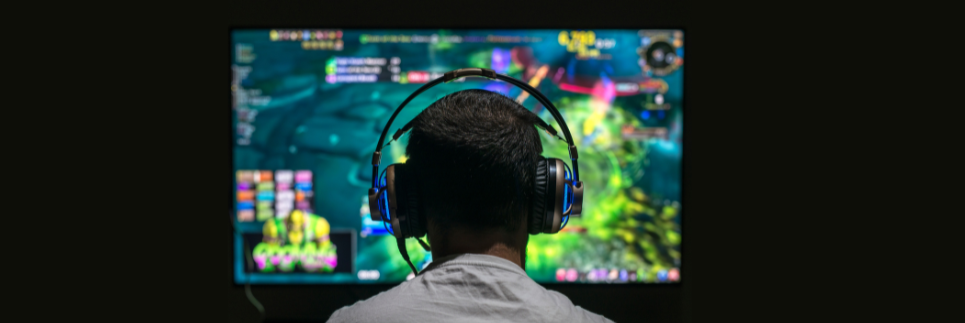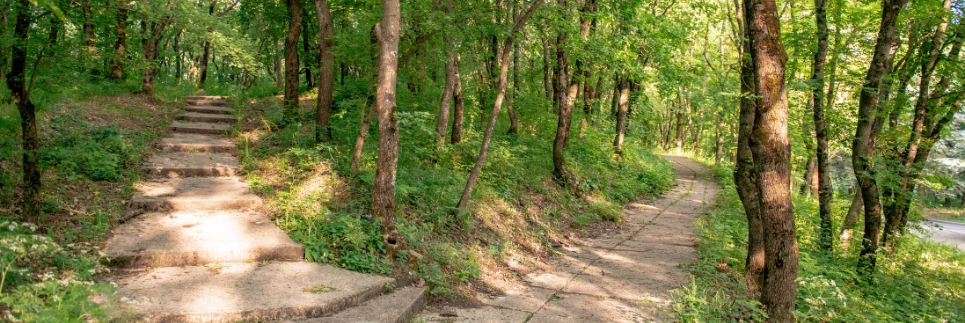One year, I lost a student on the first day of school.
Now, that sentence could be interpreted a number of different ways. I didn’t actually lose him, as in “left him on a mountain after a ski trip” (that was one of my colleagues) or “can’t find him after a field trip to the aquarium” (that was me, but he was on the bus the whole time). I lost him because I prioritized the wrong thing the first time we spoke.
Harper was in my Grade 6 class and was sitting at his desk, having scrawled something barely legible on a paper during a beginning-of-the-year writing exercise. I have no idea what I was asking the students to write, but I remember looking at his paper and thinking, “Wow, that’s the worst handwriting I’ve ever seen.” I said something that I thought was gently corrective, like, “Oh, thanks for writing that. Maybe writing a little more neatly is something we can work on this year.” Well, he gave me a look that was somewhere between, “Who are you to tell me what to do?” and “Now you must die.”
I never reestablished rapport with Harper for the rest of the year. I lost him on day one.
Now, a lot of that may be on Harper and not on me, but I wonder how different his Grade 6 year would have been if we had started on a better note.
First encounters
Our first encounters with students are absolutely vital to establishing a trusting relationship with them. Every encounter we have with them has the potential to make or break our relationship, but the first ones are the most vital. As their teachers, regardless of what grade level they are, and regardless of whether we are teaching them face-to-face, online, or in a blended program, they need to know that we are with them and for them.
To use two different positional metaphors, they need to know that we are on their side and that we have their back.
I stopped teaching Grade 6 quite a while ago, but that first day with Harper still informs my practice. In my blended classes, the first day of face-to-face class is vital: I want to look every one of my students in the eye and smile at them. I want them to know that I know their name before 9:00am. I want to know something about them that I can ask them about down the road. And by the end of the day, I want them to think, even if they don’t put words to it, “Okay, I think my teacher cares about me.”
Research backs this approach up as well. The Thomas A. Fordham Institute says this:
Safe spaces online
As an online teacher, I have found making these initial connections more difficult. Establishing rapport as an online teacher is tricky, and I wonder if one of the reasons that it is so much more difficult to build relationships with online students is that my first encounter with them is like my first encounter with Harper, rather than like my first encounters with students in my blended classroom. The first time my online students hear something from me, too often it is me marking their first assignment. I might think I am being gently corrective and encouraging, but perhaps what they really feel is that they are being judged.
I always ask my online students to connect with me over Zoom near the beginning of the course, but the more I think about it, I need to adjust this. I need to meet with them over Zoom before they even start the course. They need to know that their teacher is with them and for them before they start diving into the lesson content. They might be intimidated by how much they are going to have to learn, but I never want them to be intimidated by me.
Mentor or Disciplinarian?
Before I got my first full-time teaching job, I was a regular substitute teacher at a local middle school. One of the veteran teachers was trying to give me some sage advice based on her many years of teaching experience. She said, “Don’t smile until Christmas.”
I’ve been a teacher for a long time. I’ve been to dozens of professional development conferences and been part of hundreds of discussions with colleagues about best practice, seen more TED Talks than I can count, and in all my years, I think that might be the worst advice I have ever received.
Don’t smile until Christmas?
How’s that working for you?
I think she was saying that good classroom management requires me to be firm and no-nonsense. In reality, I have found that having a positive rapport with students is the best way to avoid discipline problems. Smiling now saves a scold later. I have found that once a student feels safe and knows that they are known and that I am with them and for them, there are far fewer discipline problems. When behaviour problems do happen, they can be resolved much more easily because there is trust and mutual respect to fall back on.
For my online students, the most common discipline problem is students faking their way through an assignment. I teach an ethics course and there is one assignment where a surprising number of students get caught cheating. I find this both troubling and delightfully ironic. But every time that I have had a student cheat on that assignment, it was a student who, for one reason or another, had missed their intro meeting with me. In a different course, I recently had a student write a book review that was so bad, I was sure he hadn’t actually read the book. Sure enough, he was a student who had plowed ahead in his online course without ever seeing me on Zoom. Since then, I’ve met with him online and things have improved.
Establishing relationships cannot be skipped.
I’ve made a decision about next year: The students won’t even be able to see the first lessons and assignments until after I’ve met with them online, looked them in the eye, smiled at them, and let them know that they are important to me. That initial relationship forming meeting is too vital to accidentally miss in the busyness of my teaching day. I need to personally welcome each student to the course, not just leave a friendly video or written message. I need to find something that we have in common, whether it’s sports or music or pets or video games. I want to know something they are interested in so I can ask them about it next time we speak. I need to write that down so I don’t forget about it. I need to tell them that if they have questions, I don’t want them to struggle alone, but that I want them to reach out for help because I’ll be glad to hear from them.
Don’t smile until Christmas?
No. Don’t try to teach them one single thing until they’ve seen you smile.
About the Author






